14+ Elephant Ear Plant Seeds
If the pot is outside water the plant every one to two days until it is established. Web When sowing elephant ear plant seeds it is important to use a well-draining potting mix.

Amazon
The lime-green elephant ear leaves grow around 15 ft.
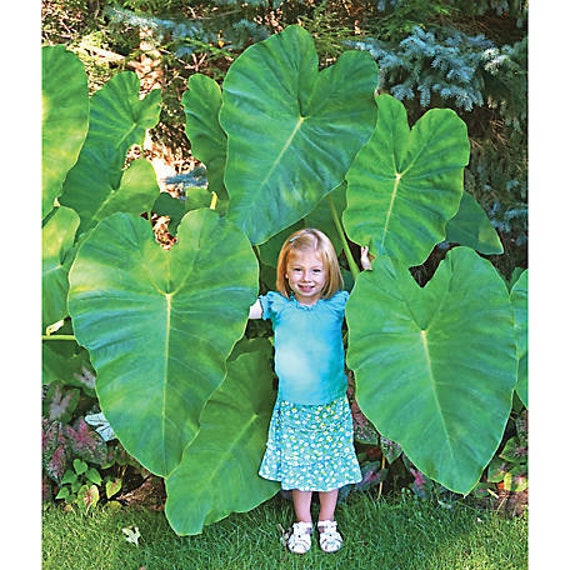
. Web Growing Conditions for Elephant Ear Plants. Web Add aged manure or compost to the soil before planting. Web Nine Best Elephant Ear Varieties.
Allow the top inch of soil to dry before watering and use well-draining soil and. The seeds should be planted approximately 14 inch deep and covered lightly with soil. One difference with Alocasia elephant ears is that the tip of the leaves is pointed out or upward.
These plants thrive in warm tropical climates and prefer temperatures between 65F and 85F 18C to 29C. This type of soil is made by adding organic matter such as compost or manure to regular garden soil. Chamomile is one of the most versatile companion plants and will match up with many other sensitive plants.
If you are planting fertilized seed sow it on the surface and look for germination to happen around 21 days. Web In these cases plant the elephant ear much like you would any perennial. If stored properly the seeds can remain viable for up to two years.
Place your Elephant Ear in a warmer part of your growing area. Though these plants can withstand full sun elephant ears do not tolerate prolonged periods of drought. To get the most out of them keep your growing environment between 64 and 77F 18 and 25C.
Pull up the plant in the fall and look for small cormlets to remove and replant. Web Divide the plant by using a sharp shovel to cut the pup from the parent plant making sure it has roots attached. Web Elephant Ear plants can attract wildlife to your garden.
The pot should then be placed in a warm bright location with indirect sunlight. It prefers a pH of between 65 and 75 which fits nicely with elephant ears. Web Elephant Ear plants are tropicals that require warmth before blooming.
They are similar in shape but vary in size species color and habitat. Plant the tuber when the soil is warm at least 70 degrees Fahrenheita nod to the plants. Feeding your plant with a balanced liquid fertilizer during the growing season will give.
For best results plant the corms in a large container around 25cm across indoors or in a greenhouse in spring. The ideal temperature for storing Elephant Plant seeds is between 40-50F 4-10C. Many of the leaves have black bronze or dark purple streaks.
Web How to Propagate Elephant Ear Plants. If the pot is inside water it deeply once a week. Web The seeds should be removed from the pod and allowed to dry out fully before storing.
Below is the list of elephant ear plant look-alikes to help you choose. Some species of elephant ear send off runners to form new plants. Rich well-drained soil is preferred when growing outdoorsIndoors use.
To ensure the optimal growth and health of your Elephant Ear plants its essential to provide them with the right growing conditions. Elephant Ear plants are tropical. You will probably buy this tuber when you order elephant ears from a garden catalog.
Web Opening your curtains or blinds in the daytime to let the sun pour in near the plant. To store the seeds place them in an airtight container and keep them in a cool dry place. Water the soil gently using a spray bottle or watering can with a fine nozzle.
Prefers a warm frost-free climate outdoors but will grow in all indoor conditions. Elephant ears grow best when theyre planted close to the surface. After the threat of frost has passed in the spring plant the tuber so it sits 1 to 2 inches below the soil.
Up to 15-2m with smaller varieties generally to 60cm. Web Frequent feeding. Learn elephant ear plant care types and complete growing tips.
Container-grown elephant ears in full sun may need to be watered once a day in hot summer weather says Kandra. Several plants look like elephant ears and the most common species are colocasia which is also known as taro alocasia xanthosoma and caladium. Creating a more humid microclimate by setting your elephant ear on a plant saucer filled with stones and a low level of water in the saucer water shouldnt touch the bottom of the pot.
Web Xanthosoma Lime Zinger has bright green arrowhead elephant ear leaves with yellowish veins. Better known as taro this is one of the most commonly cultivated food crops in the world feeding millions worldwide. Web Colocasia is grown from corms bulbs.
Keep them consistently warm and theyll bloom in response to the hot weather. Compost-enriched soil is another great option for elephant ear plants. However depending on the genus elephant ears likely grow from a tuber.
Web What you need to know about elephant ear. Elephant ear plants are also accustomed to humid environments with very fertile soil Berg explains. Dig a hole 2 to 4 times larger than the tuber.
Position the corm with the pointed end or the most rings facing upwards. Elephant ear flower seeds are contained in a hard shelled pod. Web Chamomile can ward off fungal disease and prevent common pests from nibbling at elephant ear leaves.
Web 14 variations of plants that look like elephant ears. It gets the number one spot purely on that alone without taro thered be a lot hungrier people in the world. It takes months for the orange seeds to mature during which time the pods hang from the.
Most elephant ears propagate by producing new tubers or corms underground. Compost-enriched soil is rich in nutrients and helps improve soil structure and fertility. Web Elephant ear plants prefer consistently moist soil but will wither and die if waterlogged even for a short time.
Web The elephant ear plant has a long history and is a great garden addition. Top up the container with more compost making sure that the tip is just covered. With their large leaves and enticing flowers Elephant Ear plants can attract various wildlife including butterflies bees and even hummingbirdsCreating a welcoming habitat for these creatures adds an extra level of liveliness to your outdoor space.
Taro Colocasia esculenta Pin This. This elephant ear plant grows best in partial sun to keep the color of leaves vibrant. They also require a significant amount of sunlight.
Put the pup in a pot with well-draining potting mix. Web The glossy heavily veined leaves are a standout and the main attraction but occasionally you get lucky and the plant will bloom producing unique dangling seed pods on elephant ear plant. Setting the room heat to 70F or warmer.
Apply water-soluble high-nitrogen fertilizer every two to three weeks for optimal growth. Alocasia elephant ear alocasia spp. Or cut off small tubers from the large tuber of the mother plant for repotting.
This variety of elephant ears produces calla lily-like blooms and the plants typically are six feet tall. Elephant ear plants like many large-leaved tropical species demand frequent feeding. When the top inch of your soil is dry add water.
For overwintering bulbs outside. 05 m long and the clumping foliage doesnt grow more than 4 ft. Alocasia plants have arrow-shaped foliage.
Monitor the soil moisture to determine when your. The plant can also be grown in a pond with up to 6 of standing.
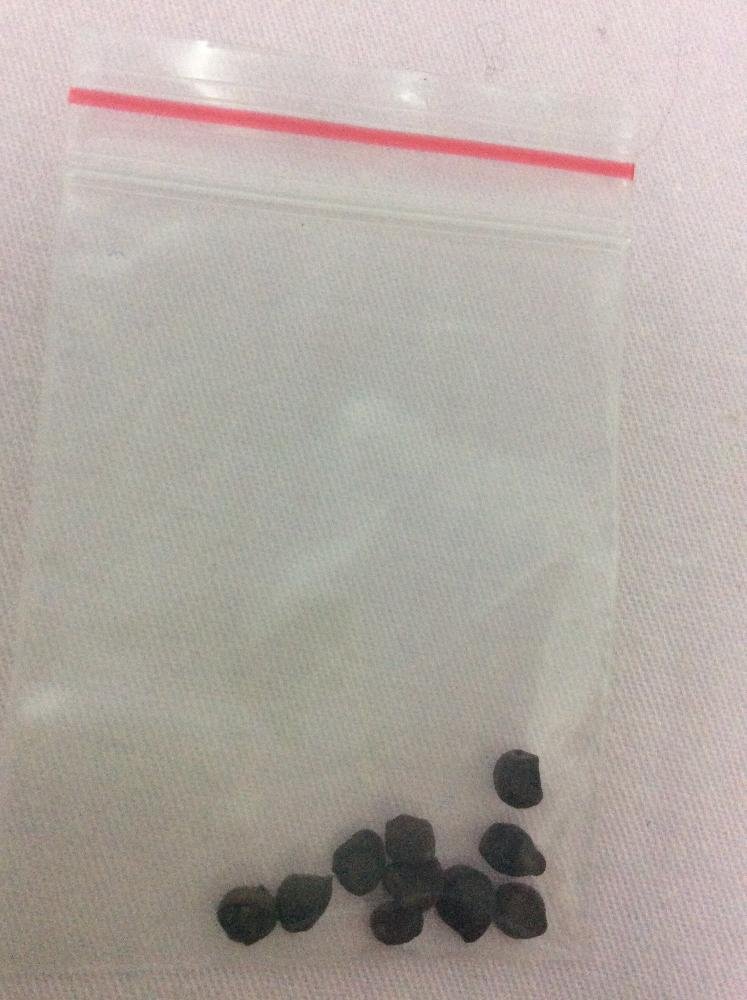
Amazon

Dave S Garden
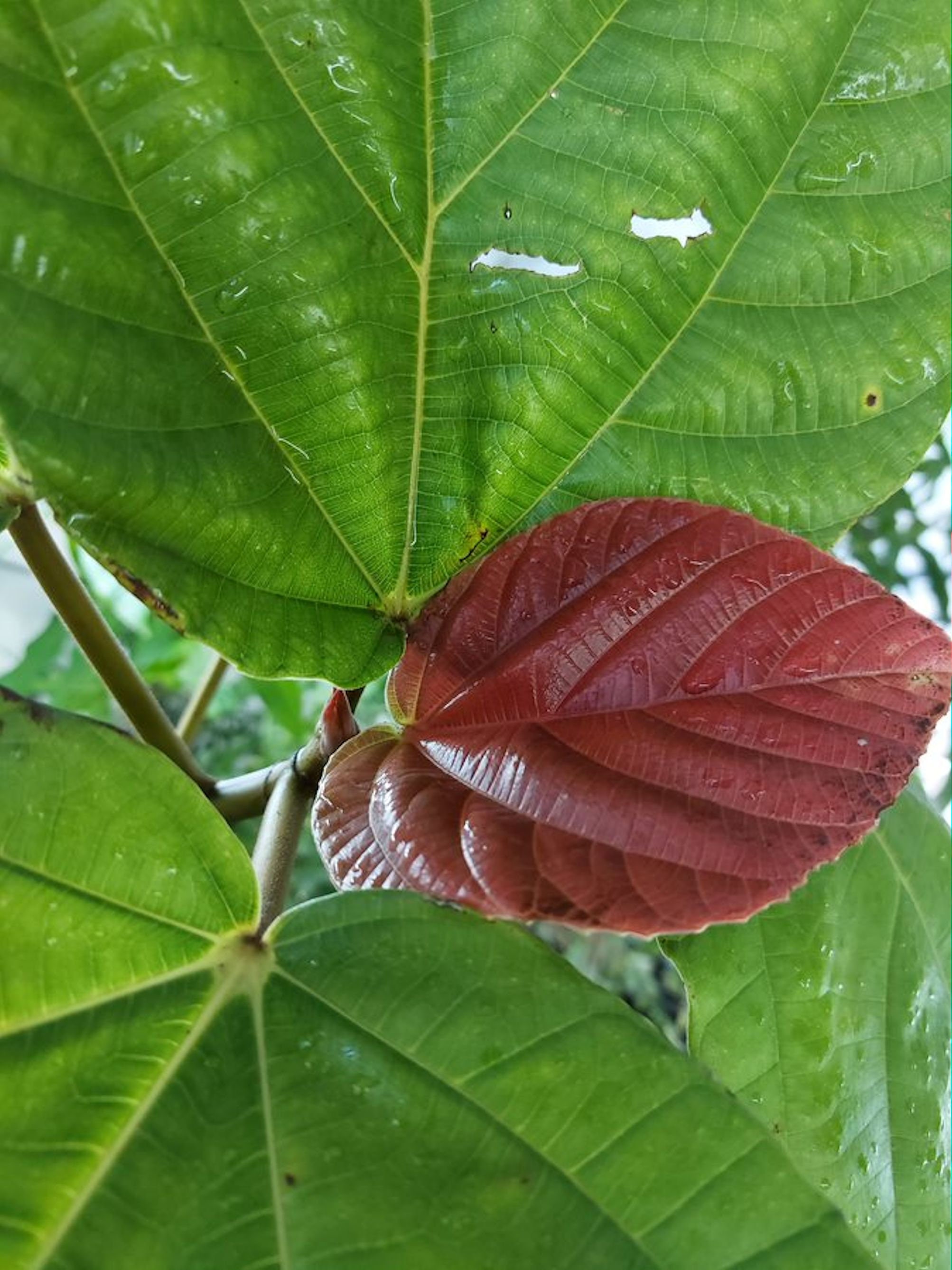
Etsy

Reddit
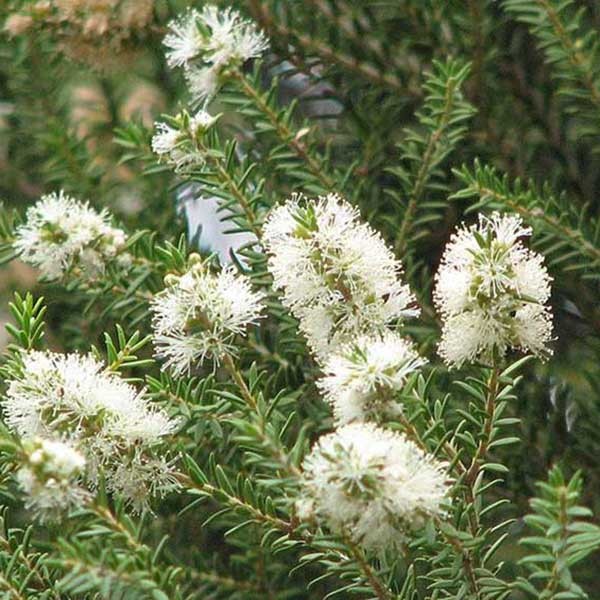
Australian Seed
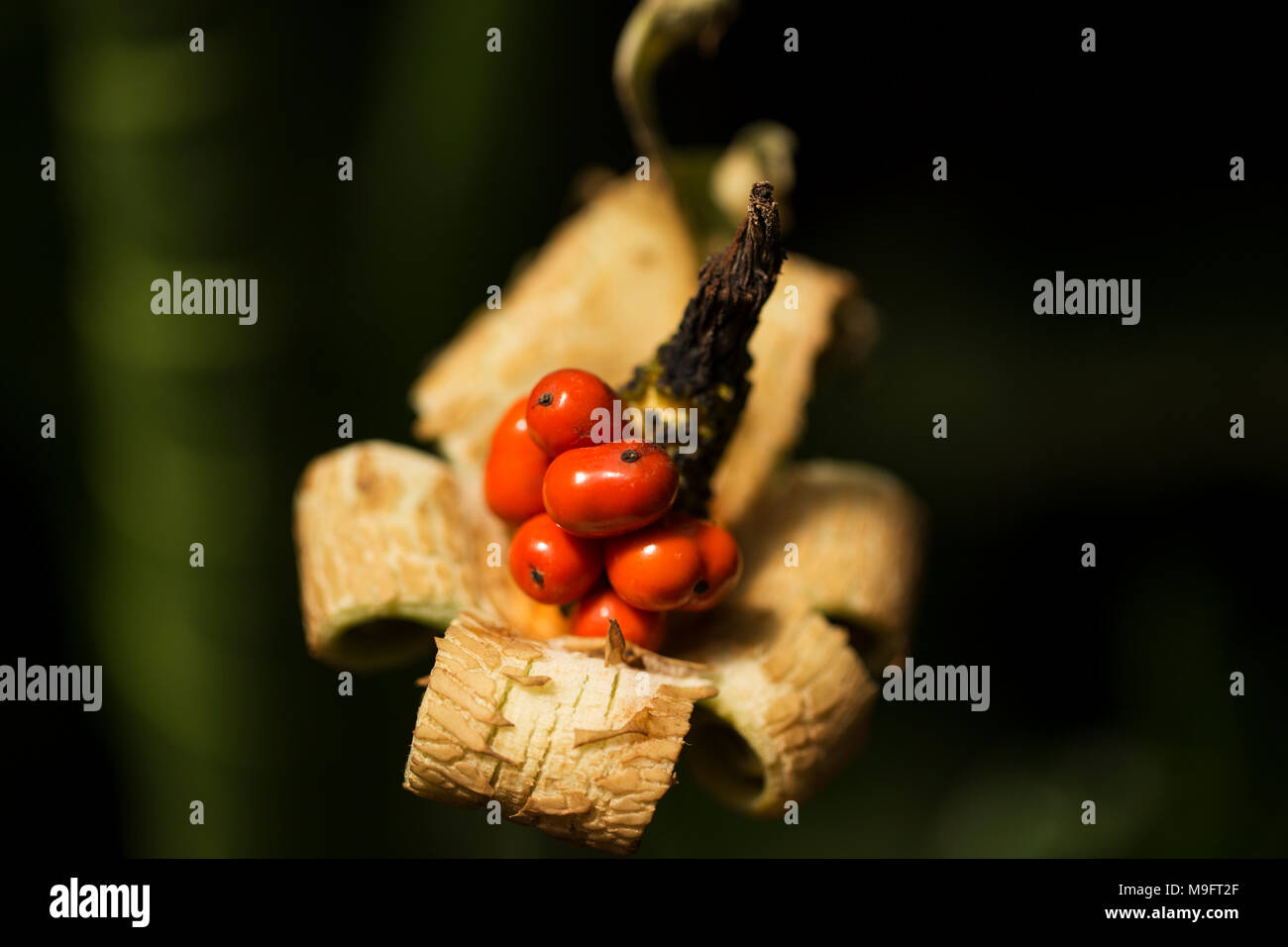
Alamy
Reddit

Speedy Seeds Co Uk
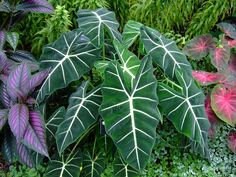
1
Rumahouse Com

1

1

Park Seed
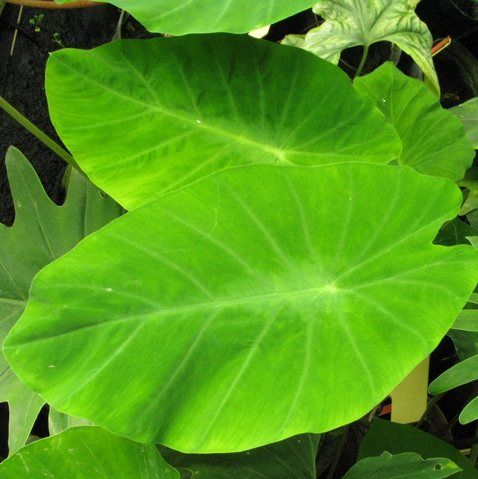
Rarexoticseeds

Reddit

Living Green And Feeling Seedy

Pinterest